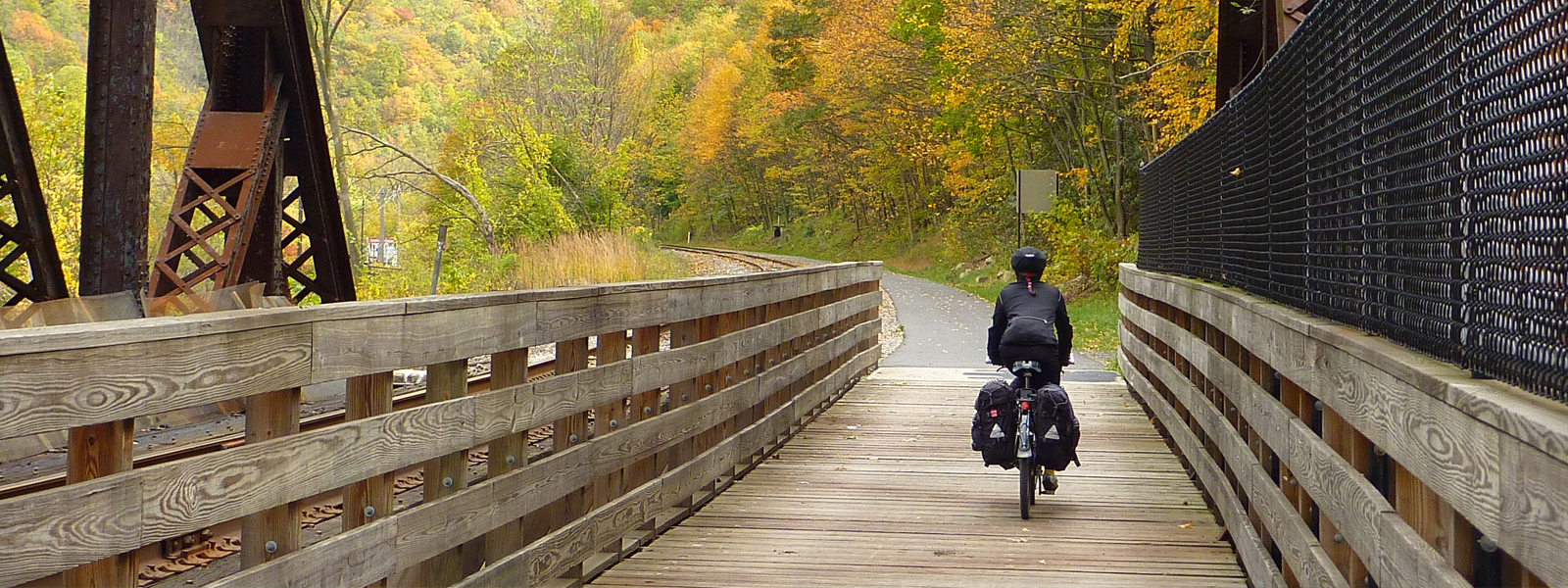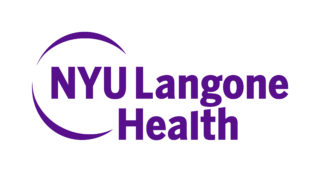February 23, 2021
Bike Touring 101: NYU Langone Health’s Expert Tips on What to Do Before You Hit the Road

Developed by Kate Bishop, MA, CEP, CSCS, Exercise Physiologist and Sports Health expert at NYU Langone
When it comes to injury prevention during a bike tour, there’s no shortage of factors to consider as you prepare for your big ride.
Whether you’re an amateur or professional cyclist, injury comes in many shapes and pains and generally falls into two categories: impact and overuse.
Impact Injuries
Riding terrain and difficulty of your course can contribute to impact injury risk. A fall from your bike can result in clavicle fracture, concussion, and even road rash, all of which can keep you out of the game for quite some time depending on the extent of the injury. Although some falls and crashes cannot be avoided, if you study the course ahead of time and train accordingly, you may limit your exposure to challenging situations.
Overuse Injuries
The cyclists’ body is asked to work over long periods of time in relatively the same position, so some of the most common overuse complaints come from the lower back, knee, and upper body extremities.
What about BIKE FIT?
Overuse injuries are often related to bike fit and riding posture, so be sure to fit your bike properly to your body. Perhaps most important of all is to remember that your bike fit changes along with you. Adjustments range from saddle height to grip position and can help alleviate some of the more uncomfortable overuse injuries like saddle sores, numbness, and carpal tunnel syndrome.
Changes that merit a visit to your bike shop include:
- Past or current injury
- Weight loss or gain
- Skill improvements
- Flexibility and mobility changes
BEFORE AND AFTER YOU RIDE
STRETCH
Stretching can help to reduce tension in stiff areas like the lower back, neck, and deep front line. Try adding these stretches to your weekly routine:
- Thoracic rotation while kneeling
- Lateral neck stretch
- Prone back extension
CROSS-TRAIN
Cross-training involves doing other types of exercise that complement your primary activity. Since cycling is a single plane, non-impact activity, strength training can help maintain bone density while improving your movement and muscle strength in the other two planes. This will help you develop stronger hips and core to support longer ride. Try adding in these exercises to your weekly routine:
- Resisted rotation in a lunge
- Medicine ball around the world
- Lateral lunge with a low row
MYOFASCIAL RELEASE
Myofascial release is a type of therapy, often self-applied, using a foam roller or tennis ball to help improve mobility and tension in the fascia (a thin layer of connective tissue that surrounds your muscles and guts). Fascia should move along with you, but sometimes it becomes sticky and dense. Since mobility is important for maintaining posture on your ride, consider adding these simple foam rolling exercises into your week:
- Quadriceps roll
- Adductor roll
- Lower back roll
No matter the distance or prowess, a little planning can go a long way in keeping your pedaling pain-free.
 At NYU Langone, our Sports Health team is dedicated to providing world-class care to athletes and active individuals who seek to maximize their performance. We collaborate to customize diagnostic, surgical and non-surgical treatment, rehabilitation, and performance plans to fit your lifestyle and help you attain your health and fitness goals—regardless of your age, ability, background, or sport.
At NYU Langone, our Sports Health team is dedicated to providing world-class care to athletes and active individuals who seek to maximize their performance. We collaborate to customize diagnostic, surgical and non-surgical treatment, rehabilitation, and performance plans to fit your lifestyle and help you attain your health and fitness goals—regardless of your age, ability, background, or sport.
For more guidance on finding the best workout for you and designing your personalized fitness program, or to schedule an in-office appointment or video visit, please contact the Sports Performance Center at sportsperformancecenter@nyulangone.org or 646-501-7109.

